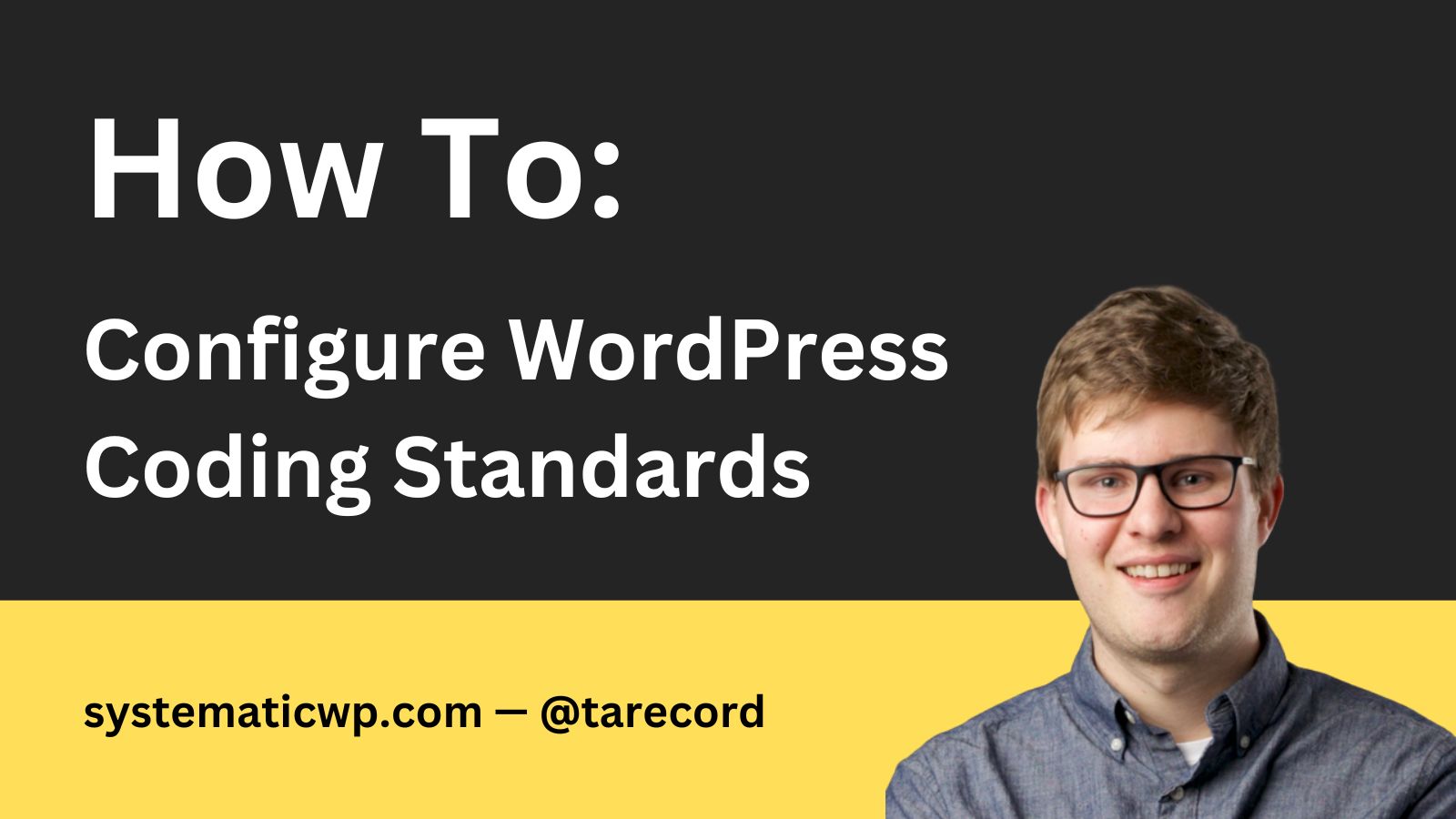Systematic WordPress Development
Level Up Your WordPress Plugin Development
1 actionable tip to simplify WordPress plugin development, maintenance, & deployment every Saturday Morning.



Join 280+ other WordPress developers.

Read By Developers At

Recent Newsletter Issues
Systematic WordPress Development
1 actionable tip to simplify WordPress plugin development, maintenance, & deployment every Saturday Morning.



